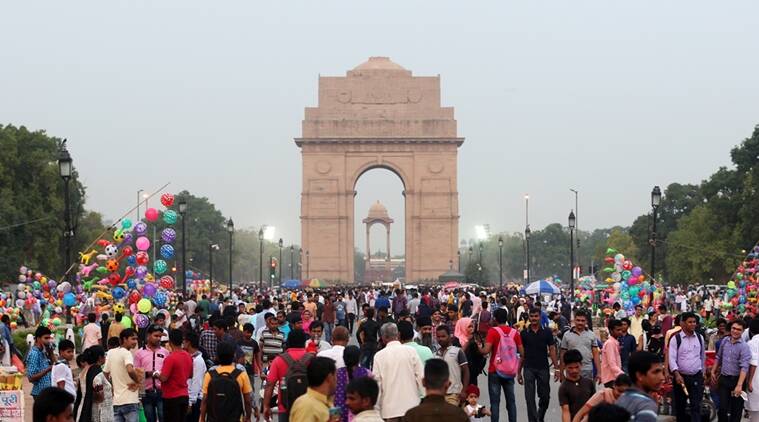India’s population has slowed down, as women in the country are having fewer children. However, two states are growing at higher speeds and affect the overall population of the country. More than one-third of the total population increase in the country between 2011-2036 will come from Uttar Pradesh and Bihar says the new census data released.
Besides, the developed southern states of the country will age rapidly and the population in these states will decline during this period. The rate of fall suggests that the average age of a person from Tamil Nadu will be 12 years older than of a Bihari man.
Meanwhile, the fertility rate fall, which plays a crucial role in the growth of the population seems to be slowing in the north. Average children of a Bihari woman will be more than women from southern state Kerala had 40 years ago.
Maharastra which at present is the second most populous state in the country will be overtaken by Bihari in the next four years. Tamil Nadu is the only southern state with a population of over 5 crores. Rajasthan will grow bigger and overtake the state as the Tamil Nadu will witness a rapid fall in their population.
Small Indian states’ population will be at a contrast rate, will Delhi state will witness a rapid increase. South’s most populous states collectively will have fewer people when compared to Uttar Pradesh.
World’s most populous country
Presently, India is considered to be a very young country due to high population of young people. However, in the next few years, this will slowly change and the country will come closer to a middle-aged country.
By 2036, the India population will grow up to 1.52 billion. Though the rate of growth is lowest since independence, the overall population will overtake China by 2031. From 2011-21 the growth rate stands at 12.5 percent while from 2021-31 the growth rate will fall to 8.4 percent.
India’s population was 1.21 billion according to the 2011 census. The new projection show till 2036 the country will add around 311 million people. UN estimation that India will take over China in 2021 will happened a decade later in 2031.
Urban population graph
The urban population of the country which was around 377 million in 2011 will increase to 594 million in 2036. According to the report, earlier 31 percent of the country’s population lived in urban India, which will grow to 39 percent by the year 2036.
While the rural population will fall from 69 percent in 2011 to 61 percent in 2036. This is due to the increase of Urban population is twice the projected increase in the rural population.
More than 50 percent of the urban population will reside in Tamil Nadu, Kerala, Telangana, Maharastra, and Gujarat. While Himachal Pradesh, Bihar, and Assam will have less than 20 percent of the urban population.
Fertility rates projection
During 2011, India’s overall total fertility rate (TRFs) stood at 2.5 while Uttar Pradesh, the most populous state of the country had a fertility rate of 3.5. Bihar the upcoming second-most populous state had a fertility of 3.7. States like Punjab, Himachal Pradesh, Kerala had TFRs below 2.
However, the TFR in the 2011-36 period will decline to 1.73 if the current project pace is maintained. By 2036, only Indian state to have TFR higher than 2 will be north state Bihar at 2.38
Demographic change
With the falling fertility rate, the median age group of the country will rise. In 2011 the median age group stood at 24.9 years, this will increase to 34.5 in 2036. This also indicates that the crude death rate will increase overall in the country from 7.2 to 7.3.
The crude death rate is expected to vary according to different states. In states like Kerala, Andra Pradesh, and Tamil Nadu the death rate will go up due to aging populations. While in big states such as Uttar Pradesh and Madhya Pradesh the death rate will decline due to the growth in population

